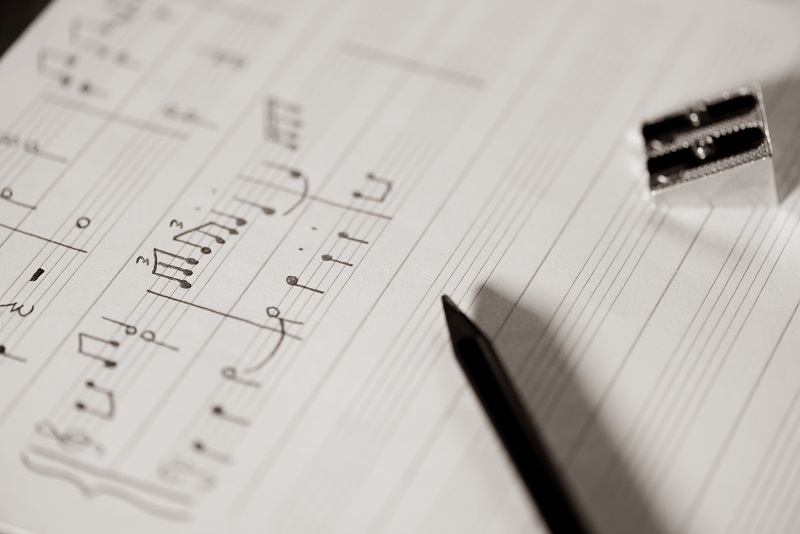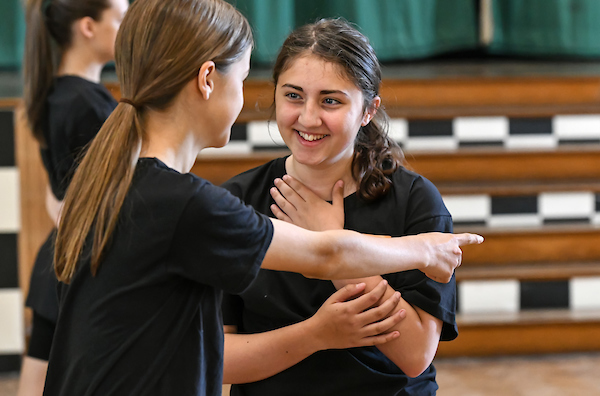
10 Top Tips for a Trinity Theory Exam

BY: John Molloy
14 March 2022
While passing your Theory exams is not a requirement for any of Trinity’s practical music grades, we still believe that having a solid theoretical understanding of music can support overall musical development and progress. Trinity Theory exams are designed to support all music learners, with UCAS points available for Grades 6-8, and are accepted as a prerequisite for higher practical grades from other exam boards.
With our spring theory exams just around the corner, this blog highlights some of our top tips to help you prepare for your exams. They are designed to be a guide and do not outline the only areas you should revise, but they might be helpful to you as you prepare for your exam.
A common theme across all of these tips is to use your graded workbook. These are invaluable tools to assist with preparation for a Trinity Theory exam, as well as being stand-alone resources to help teach music theory. You can purchase workbooks via our online shop, where you will also find past papers, model answer papers, and support books.
- Practise! Your graded workbook has a sample exam paper included in the book, and you can find more free sample papers and model answers on our website. These are a great way to practise and get ready for your exam.
- Make sure you have learnt the key signatures for your grade; you can find out what these are for the grade you are taking by referring to your workbook or the Theory of Music syllabus. One way to learn these that you might find useful is to memorise your circle of 5ths.
- Practise writing out the scales, arpeggios and broken chords for these keys. Make sure that you are confident writing them going up (ascending) and down (descending).
- Intervals: practise recognising and writing out all the different intervals you need for your grade.
- Transposition: practise the different intervals you will need to transpose for your grade. At Grades 2 and 3, this is transposing up or down the octave but, at Grades 4 and above, there is a greater variety to learn.
- For the ‘circle the mistakes question’, check all aspects of the score. Remember, it is easy to miss a mistake such as an incorrect or misplaced clef sign, dynamic marking, or a spelling error in an Italian term.
- Practise writing out 4-part chords, remembering that the stems on each clef go in opposite directions (Treble Clef: Soprano: UP, Alto: DOWN, and Bass Clef: Tenor: UP, Bass: DOWN).
- Melody writing hints: When writing melodies (Grade 2 and above) imagine (and sing) in your head how it will sound. Think about the instrument or voice you are writing for, its range, and how the overall shape of the melody sounds.
- Don’t forget to memorise the musical words and symbols page in your workbook. You could make some flash-cards or a thought cloud to help test yourself on them prior to your exam.
- Remember it is really important to make sure that your writing is clear and precise. It’s good to practise making your answers as neat a possible as this helps the examiner to see what you have written.
On the day of your exam: take with you your appointment slip and a good supply of stationary. This should include pencils, a ruler, sharpener and a rubber. A bottle of water is always a good idea as well.
And a final note: read the questions thoroughly! Take your time, don’t rush and think of this as an opportunity to show what you know. Good luck!
You can enter for Spring Theory exams until the 21 March 2022.




Comments & Replies